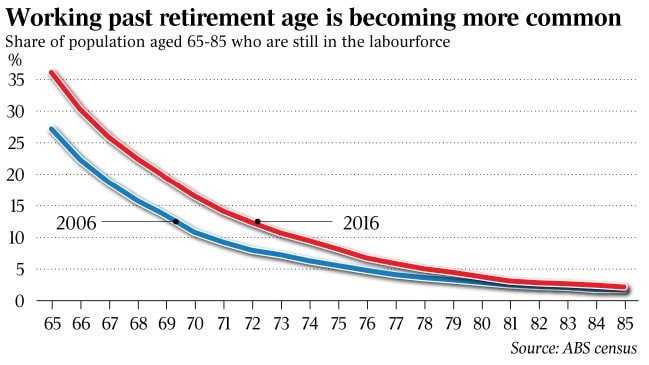How do you plan for an uncertain future?
By MLC
The problem with the good times is that they make it easy to forget the hard times. The past decade, and indeed the past four months, have seen the major US share market indexes hit all-time highs despite the uncertainty surrounding trade disputes, potential rate hikes and a slowing global economy.
This has resulted in many investors expecting above-average returns, in-line with higher-risk portfolios. While there’s certainly been volatility, so much optimism makes it easy to believe the good times will continue and forget that the future is uncertain.
But is basing your investment decisions on ‘hope’, in which you hope markets will continue to deliver the returns you need, the right approach when you have so much at stake? Especially in those years closer to retirement when big market corrections can do substantial damage to your future lifestyle.
A risk-based approach makes more sense
There’s no point trying to predict the future, but you can increase your understanding of the risks of your investment decisions by considering as many distinct potential scenarios as possible. By taking a risk-based, rather than a hope-based, investment approach we have a clear understanding that the future is not predetermined. We can better understand the potential futures that could arise. All options and scenarios are on the table, it’s not simply influenced by what occurred in the past.
We also uncover how, in the past, we have labelled assets into growth and defensive’ buckets but these no longer reflect their risks. Bonds, which have traditionally been known as defensive assets, will not perform that role in certain scenarios.
We aim to capture enough broad scenarios to assess a long list of impacts on GDP, inflation, monetary policy and innovation. We also analyse a more tailored set of scenarios that are more specific to the time and issues at hand. They’re updated as asset price change, and together they function as a comprehensive framework of the potential sources of future risk. This helps us work out the mix of assets our portfolios should be invested in.
So what are we wary of today?
US rate hikes
Interest rates in the US have been low for a long time and buoyant share markets are increasingly reliant on it staying that way.
The search for yield has led investors to accept greater and greater levels of risk, but if interest rates are pushed higher the returns on cash will improve and returns on risky assets will pull back.
Global economic slowdown
Corporate borrowing is on the rise and that’s highly susceptible to slowing growth.
Much of the rising debt has been directed to industries that are now exhibiting excess capacity which can lead to lower prices and lower returns on investment. If too many loans go bad it becomes a problem for the banking sector, and other holders of the debt in the shadow banking system, which has serious implications on the health of the overall economy. While policy makers wish to avoid a slowdown, doing so through more debt that is poorly deployed will inevitably end badly.
Similarly trade negotiations with the US are ongoing and any unexpected dislocations there could have far-reaching impacts for China which is highly reliant on exports.
Brexit
There’s certainly the potential for a significant negative impact on trade between the UK and Europe if the exit is disorderly. But, there’s also a chance the division won’t happen at all. Either way, the potential downside can’t be ignored.
Conclusion
No one really knows what will happen tomorrow, next week, next year or into the future. But by identifying the risks we could potentially face, we can at least prepare our investments so that our investors’ future lifestyle isn’t depending on the hope that the ‘share markets gods’ remain kind to us.
Important information
This article is provided by MLC Investments Limited (ABN 30 002 641 661, AFSL 230705) (“MLC”), a member of the group of companies comprised National Australia Bank Limited (ABN 12 004 044 937, AFSL 230686), its related companies, associated entities and any officer, employee, agent, adviser or contractor (“NAB Group”). An investment with MLC does not represent a deposit or liability of, and is not guaranteed by, NAB or any other member of the NAB Group.
The information in this article is general information only and is not financial product advice. It is not intended to be an offer of any products or services or recommendation to invest in specific or class of products.
Opinions constitute the judgement of MLC at the time of preparation and are subject to change. MLC believes that the information contained in this article is correct and that any estimates, opinions, conclusions or recommendations are reasonably held or made at the time of compilation. However, neither MLC nor any other member of the NAB Group, nor their employees or directors give any warranty as to their accuracy or reliability (which may change without notice) or other information contained in this article.
SOURCE: https://www.mlc.com.au/personal/blog/2019/05/how_do_you_plan_for





















